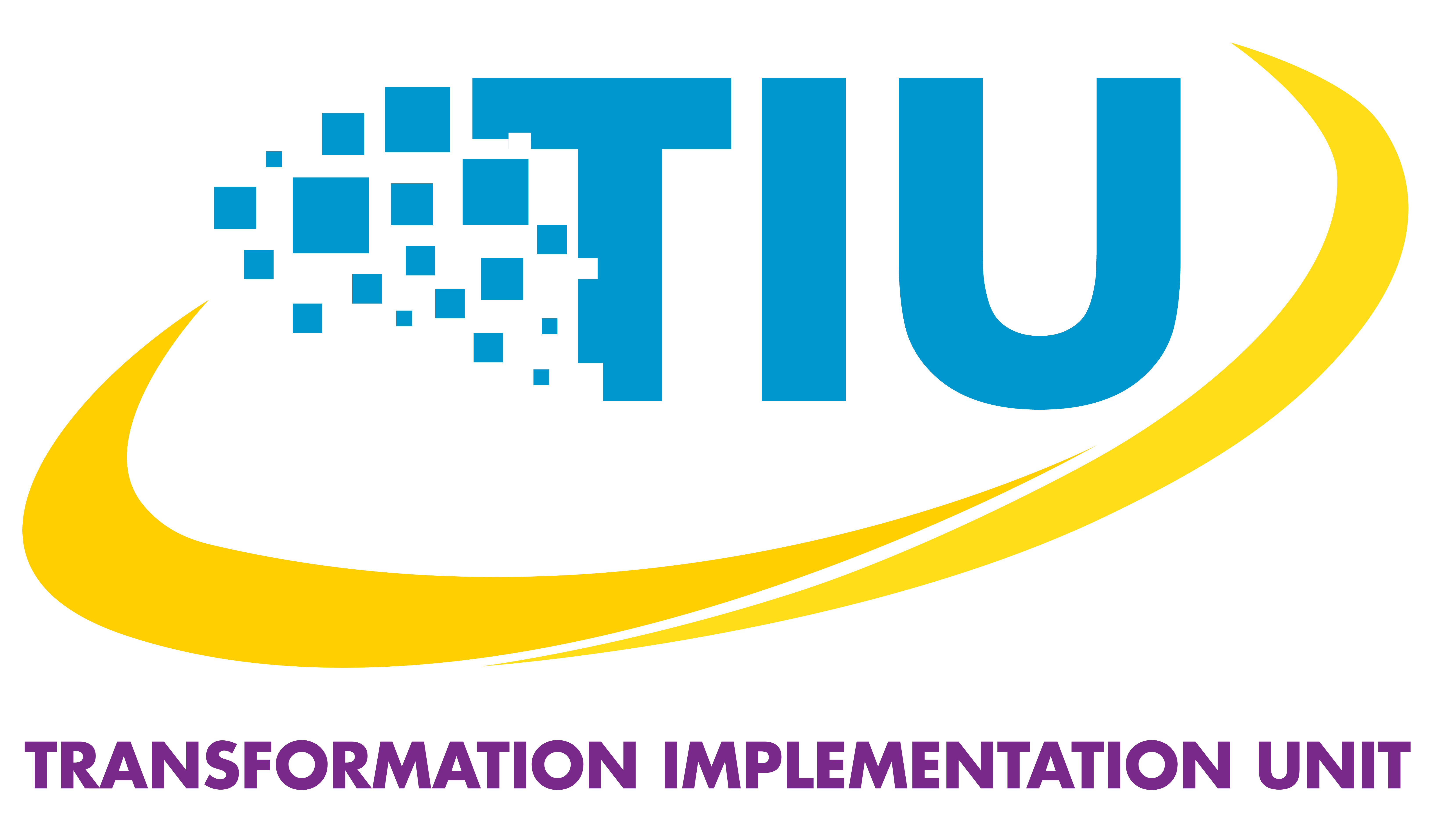FAQs
A strategic outcome of the current Public Sector Transformation Programme is “knowledge-based workers trained, developed and competitively compensated” because we recognise that workers are critical to the transformation process. Therefore, some of the benefits that employees can look forward to include up-skilling opportunities, more fulfilling jobs in areas impacted by the projects and better alignment of skills, performance and reward.
There are six main outcomes of public sector transformation. These are:
- Effective customer service delivered consistently through a service delivery methodology that puts decision making closer to the customer
- Knowledge-based workers trained, developed and competitively compensated
- e-Government Transformation – a digital Government
- Strong external relationships and partnerships built and maintained
- Processes streamlined through data sharing and integration
- An innovative, proactive and productive public administration
MyHR+ is being rolled out on a phased basis. Phase I has been completed and 14 ministries, departments and agencies are using the system. The project is now in Phase II with an additional 22 MDAs scheduled to go live by December 2020. The intention is to roll out to the entire public sector in the coming years.
There have been many attempts at reform and modernisation with mixed results. The TIU is pursuing a phased approach in recognition of the fact that we cannot transform the entire public sector at once. Additionally, each project is developed in collaboration with key stakeholders and delivered locally by the MDAs with the committed support of the TIU. In general, the strategic approach is more targeted with emphasis on implementation and results.
No. The main objectives of the programme are to improve the quality of public services and realise efficiency in public spending. It will achieve these objectives by addressing, among other things:
- underutilisation of information and communication technologies across the public sector;
- cumbersome processes to access public services;
- too many public bodies in existence and lack of adherence to the accountability framework; and
- limited capacity to implement public sector reform initiatives.
Yes. Shared Service is a delivery model where overlapping business operations are merged to benefit from continuous service improvements powered by technology, high performance and better control of operational costs. Service delivery is guided by performance targets and service level agreements that clearly define the expected service standards. Shared services focus primarily on service excellence, high performance, cost control and continuous improvement (service and costs).
On the other hand, Centralisation is offered through a single department or location. It is less client centred and is strategically dedicated to controlling operational costs and improving efficiency.

